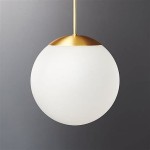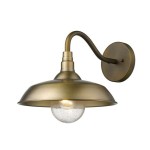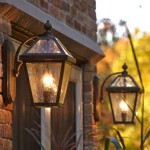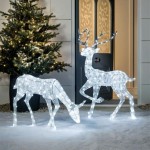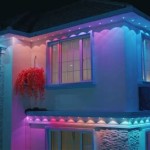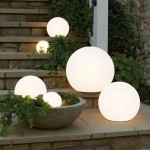Outdoor Lighting Trees: Illuminating Landscapes and Enhancing Aesthetics
Outdoor lighting plays a crucial role in enhancing the beauty and functionality of any outdoor space. From illuminating pathways and creating a welcoming ambiance to highlighting architectural features and showcasing landscaping, well-designed outdoor lighting can transform a space and create a magical atmosphere. Among the many lighting techniques, illuminating trees stands out as a particularly mesmerizing and effective approach, adding a touch of elegance and wonder to any outdoor setting.
The Benefits of Lighting Trees
Lighting trees offers a myriad of benefits, both aesthetic and practical. It enhances the visual appeal of the landscape, creating a captivating nighttime spectacle. The interplay of light and shadow on the textured bark, leaves, and branches creates a dynamic and enchanting visual experience. Moreover, illuminating trees provides safety and security, enhancing visibility along pathways and deterring potential intruders. The presence of well-lit trees creates a sense of calmness and comfort, making outdoor spaces more inviting and enjoyable even after sunset.
Types of Outdoor Lighting Techniques for Trees
Various lighting techniques can be employed to illuminate trees effectively, each offering unique effects and aesthetic outcomes. Some of the most common and effective methods include:
- Uplighting: This technique involves directing light upwards from the base of the tree, creating a dramatic silhouette and highlighting its height. It is particularly effective for showcasing tall, stately trees and adding a sense of grandeur to the landscape.
- Downlighting: Downlighting involves aiming light downwards from the canopy of the tree, illuminating the foliage and creating a soft, ethereal effect. This technique is well-suited for trees with dense foliage and can be used to create a cozy and inviting atmosphere.
- Backlighting: Placing the light source behind the tree, creating a glowing halo effect around its silhouette. This technique is particularly effective for creating a sense of depth and mystery and showcasing the tree's form against a backdrop.
- Crosslighting: Using two or more light sources positioned on opposite sides of the tree, creating a dynamic play of light and shadow that highlights the tree's texture and form. This technique is versatile and can be used to create a variety of effects, depending on the angle and intensity of the lights.
Considerations for Outdoor Lighting Trees
When designing outdoor lighting for trees, several factors must be considered to achieve the desired aesthetic and functional outcomes. These include:
- Tree Species: Different tree species have unique characteristics, such as leaf density, bark texture, and overall shape, which influence the choice of lighting techniques. For example, trees with delicate foliage may benefit from soft, diffused lighting, while trees with bold bark may require more dramatic illumination.
- Light Source and Color: The type of light source and its color temperature can dramatically affect the overall visual impact and ambiance. Warm white light creates a cozy and inviting atmosphere, while cool white light provides a more modern and energetic feel. LED lighting is increasingly popular for outdoor applications due to its energy efficiency, long lifespan, and ability to produce a variety of color temperatures.
- Placement and Direction: The placement and direction of light sources are critical for achieving the desired lighting effect and ensuring safety. Avoid shining light sources directly into the eyes of passersby, and consider the impact of light spill on surrounding areas.
- Energy Efficiency: Opt for energy-efficient lighting solutions, such as LED fixtures, to minimize energy consumption and reduce environmental impact. Consider using motion sensors and timers to automatically turn lights on and off, further enhancing energy efficiency.
Illuminating trees is an art form that requires careful planning and execution. By considering factors such as tree species, light source, placement, and energy efficiency, homeowners and landscape designers can create captivating and functional outdoor spaces that enhance the beauty and functionality of any setting. From creating a sense of wonder and mystery to enhancing safety and security, outdoor lighting trees offers a multitude of benefits that can transform any outdoor space into a magical oasis.

Landscape Lighting Small Trees Outdoor Tree

Tree Uplighting Techniques For Spring 1stoplighting

How To Illuminate Trees And Plants Moonlight Design

Uplighting Large Trees In Tampa Is A Breeze With Outdoor Lighting Experts

How To Accent Trees With Landscape Lighting Design Outdoor Tree

Landscape Lighting Pictures Elegant Outdoor

Tree Lighting Landscape Design Outdoor

Outdoor Sphere Lighting Perspectives

Essential Guide To Garden Lighting The House Directory

Photos Outdoor Lighting At Its Best
